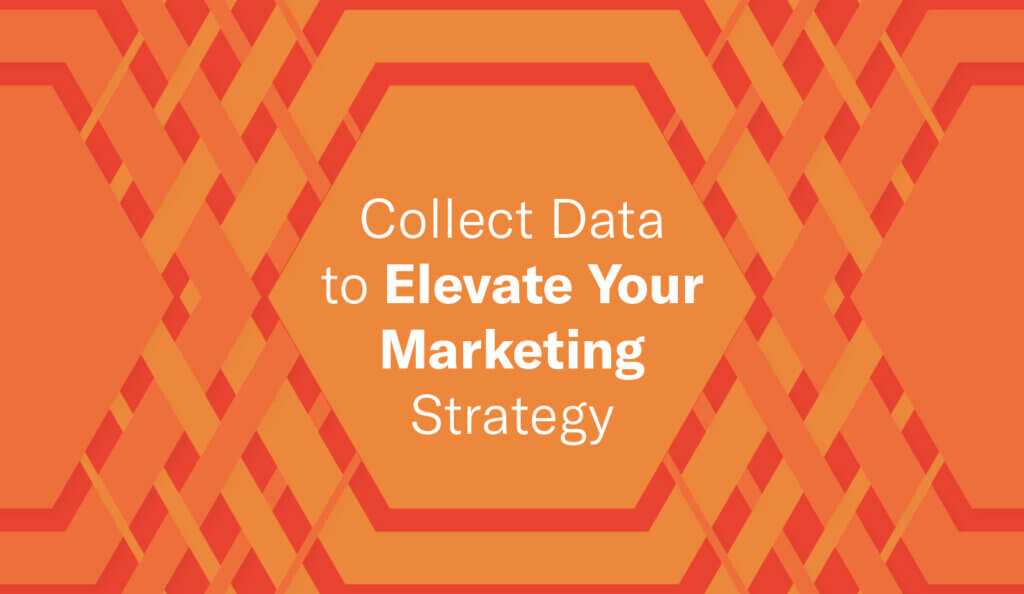8 Tips for Collecting First- and Zero-Party Data to Elevate Your Marketing Strategy

Corey Gault VP of Communications

Share to my network
In this article
Categories
Book a meeting
Connect with our team of experts to discuss your conversion and loyalty goals, and how we can help you achieve them faster.
Get a demoPositive customer experiences are the cornerstone of brand loyalty and sustained revenue growth. The best way to enrich customer experiences is to harness first-party and zero-party data.
Here, we define zero- and first-party data, explain their value and provide 8 tips for gathering and utilizing more of it.
Understanding First-Party and Zero-Party Data
First-party data is the information gleaned from customer interactions with your brand, including interactions and transactions across your marketing channels and digital properties. For example, it could be a wishlist of items saved in a retail app or the type of content watched on a streaming service. For marketers, these insights are a gold mine because they come straight from the customer.
Zero-party data is even more direct. It refers to data that a customer intentionally and proactively shares with a brand, including preference center selections, interests, intentions, personal context and even opinions. It’s the information that customers offer voluntarily to ensure they receive more personalized services.
The Value of First-Party and Zero-Party Data
Generic messages — the ones that go out to everybody without personalization — have become less effective as tools for engagement. Conversely, with first- and zero-party data, you can tailor communications and delight customers.
Our research shows personalized messages have a 37% average lift in direct open rates compared to messages tailored to first name only. Additionally, brands that use zero-party customer preference data in audience targeting have seen a 91% lift in purchases attributed to push notifications. As third-party cookies phase out, the importance of these two data types becomes even more pronounced. Brands that embrace zero- and first-party data can establish a reciprocal value exchange with customers that becomes a competitive advantage.
How Can Brands Collect More Customer Information?
Collecting this valuable customer data doesn’t have to be an intrusive practice. On the contrary , customers are often willing to share their information when approached correctly. Today, consumers are more likely to provide all 15 types of information Airship asked about year-over-year in order to receive personalized interactions and special incentives from brands they love. After their email address, people are most likely to provide their “interests relevant to a brand,” “their communication preferences,” and “what they’ve browsed on a brand’s app or website.” People want a much more customer-centric approach and are willing to share valuable information in exchange for personalized service and streamlined conveniences that apps uniquely serve, especially spanning digital and physical experiences. Great customer experiences incentivize them to share more data as needs and interests change, which in turn allows brands to serve them better over time.
Based on insights we’ve gained about the mobile consumer, here’s how your brand can collect more data respectfully and effectively:
- Create Direct Digital Relationships: In a mobile-first era, it’s essential to engage with customers directly. Whether it’s through your app or website, across channels or facilitated in-store, direct digital interactions can yield a wealth of first-party data.
- Value the Value Exchange: Customers will share their information if they believe they’re getting something beneficial in return. Personalized experiences, rewards, streamlined conveniences and excellent customer service can incentivize users to open up more.
- Take a Privacy-First Approach: Always respect customer preferences on data sharing. Transparency in how data is collected and used builds trust, and customers who trust your brand are more likely to share their information. Learn more.
- Adopt an Experimentation Mindset: Adopting an experimentation mindset allows for continual optimization of data collection strategies, including the context, value and simplicity with which asks are made, to keep it engaging for the customer and progressively grow value and insight over time.
- Use AI and Predictive Tools: GenAI and predictive AI can help teams scale customer interactions, content creation and experimentation to continually optimize and adjust how efforts impact broader business goals.
- Employ Low-Code and No-Code Solutions: These tools can empower non-technical users to create, deploy and adapt high-value experiences to better onboard, activate and understand customers without relying on scarce developer resources. Meanwhile, developers are freed up to focus on high-priority projects that set apps apart from their competitors.
- Go Native: Orange France saw a 30X increase in customer survey responses by shifting from in-app surveys delivered as HTML webviews — a distracting and disjointed user experience — to surveys delivered as native app screens, no coding required.
- Be Practical About the Data You Gather: The key here is to be thoughtful about what data you collect and whether you actually need it. Collecting unnecessary data, or not having a handle on where that data is going, can put you and your customers at risk. Consider how you will use the data, how long you will keep it, and how it will flow through your business or any vendors and partners you work with.
As you integrate these strategies into your plan, remember that at the heart of every data point is a customer entrusting you with their personal story. Respect that story, and you’ll find that the information it provides is the richest data of all. Check out our recent Data Privacy Day recap and what brands with apps should know about recent privacy enforcement trends, as well as these other resources: